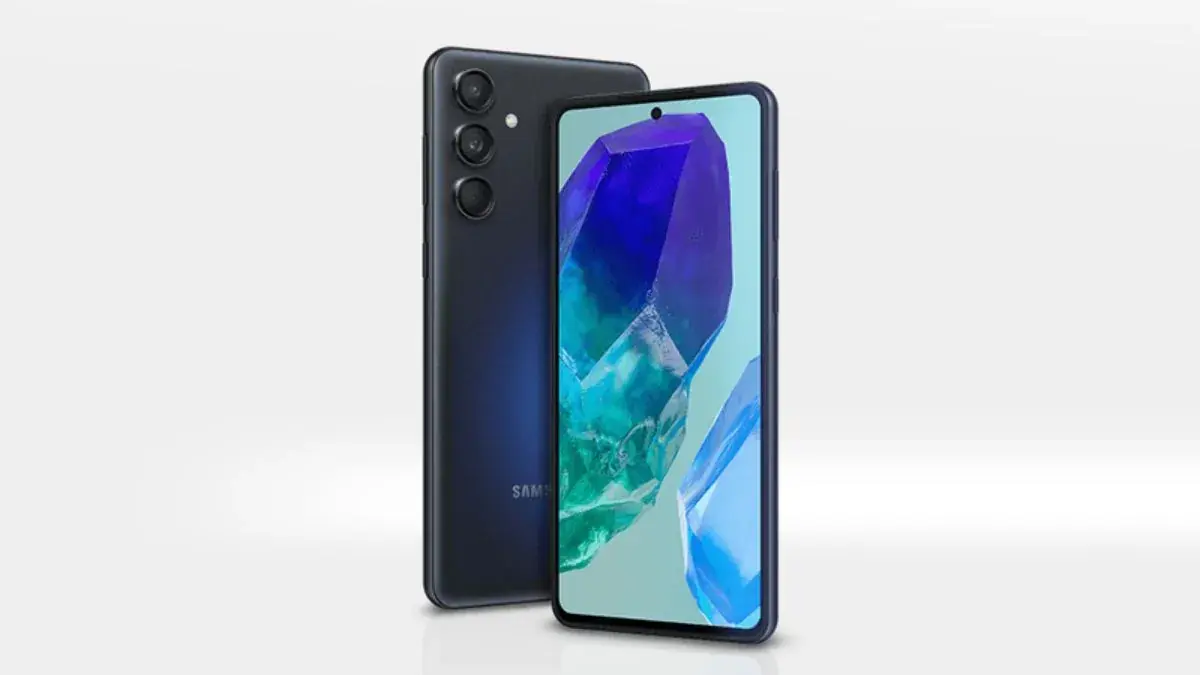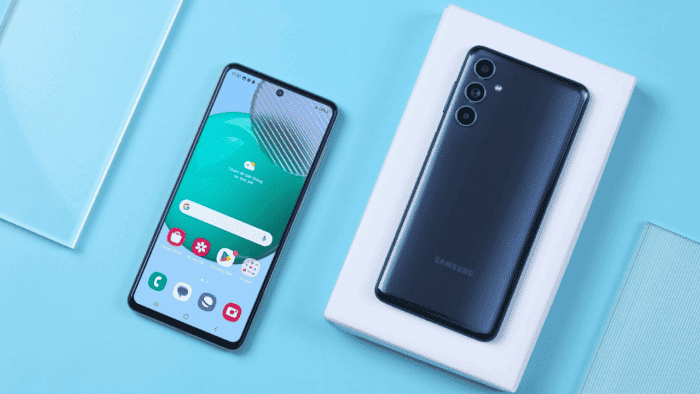In the ever-evolving world of mobile technology, software updates play a crucial role in maintaining the security, performance, and functionality of smartphones. These updates address newly discovered vulnerabilities, introduce performance optimizations, and sometimes even integrate new features. Samsung, a leading player in the smartphone market, has established itself as a proponent of long-term software support for its devices. However, it’s essential to understand that this support doesn’t last indefinitely, and older models eventually reach their end-of-life (EOL) for software updates.
The Importance of Software Updates and End-of-Life for Samsung Devices
Understanding the Importance of Software Updates
Software updates are more than just bug fixes. They are critical for the overall health and longevity of a smartphone. Here’s a closer look at the key benefits they provide:
- Enhanced Security: Updates often patch security vulnerabilities discovered in the operating system and pre-installed applications. These vulnerabilities can be exploited by malicious actors to gain unauthorized access to your device, steal personal information, or disrupt its functionality. Unpatched devices become increasingly susceptible to such attacks over time.
- Improved Performance: Frequent updates can optimize system resources, leading to smoother performance and a more responsive user experience. Additionally, updates may address known performance bottlenecks, resulting in faster app loading times and overall system stability.
- New Features and Functionality: Software updates can introduce new features, functionalities, and user interface refinements that enhance the user experience.
EOL of Software Support for Three Samsung Models (2020)
In June 2024, Samsung officially ended software update support for three smartphone models launched in 2020:
- Samsung Galaxy A51 5G (April 2020): This model played a significant role for Samsung, garnering popularity due to its attractive price-to-performance ratio. However, with the cessation of software updates, it will no longer receive security patches or potential performance improvements.
- Samsung Galaxy A41 (May 2020): This device received security updates until June 2024, but it will no longer benefit from future updates.
- Samsung Galaxy M01 (June 2020): Similar to the A41, the M01 will no longer receive software updates, potentially impacting its security and performance in the long run.

Considerations for Users with Unsupported Devices
If you are currently using one of these models, particularly for security-sensitive activities like online banking, it’s highly advisable to consider transitioning to a newer device with ongoing software support. Here are some factors to ponder:
- Security Risks: The lack of security updates will expose your device to evolving cyber threats.
- Performance Degradation: Without potential performance optimizations, your device may experience slowdowns and reduced responsiveness over time.
- Missing New Features: You might miss out on new features and functionalities available through future updates.
Samsung’s Long-Term Update Commitment and New Device Options
While software support reaches an end point for older models, Samsung continues to demonstrate its commitment to long-term software updates with its newer offerings. Here’s a glimpse into their update policy:
- Galaxy A55: This model offers five years of software updates, guaranteeing support until March 2029.
- Galaxy S24: Samsung’s flagship device boasts a seven-year software update commitment, extending support until 2031.
Choosing a New Device with Long-Term Software Support
When making a new phone purchase, prioritizing models with long-term software support offers several advantages:
- Enhanced Security: Regular updates ensure your device stays protected from the latest threats.
- Optimal Performance: You can expect smooth performance and potential optimizations throughout your ownership period.
- Access to New Features: You will benefit from the latest features and functionalities introduced through updates.
Looking Forward – A Sustainable Mobile Experience
By understanding the importance of software updates and the concept of EOL for older models, you can make informed decisions about your mobile device. Transitioning to newer devices with extended software support ensures a more secure, reliable, and future-proof user experience.
Beyond Samsung: A Look at the Software Update Landscape
While the company has established itself as a leader in long-term software support, it’s important to acknowledge the varying update policies across different smartphone manufacturers. Here’s a broader perspective on the current landscape:
- Apple: Renowned for its robust software ecosystem, Apple generally provides extended software support for its iPhones. Current models typically receive iOS updates for five to six years after their release.
- Google Pixel: Google’s Pixel devices follow a similar approach to Apple, offering at least three years of major OS updates and additional security patches. Certain Pixel models may even receive extended support beyond the initial commitment.
- Other Major Manufacturers: The update policies for other prominent manufacturers like OnePlus, Motorola, LG (no longer produces phones), and Sony can vary considerably. Update duration often depends on the specific device model and market segment. Lower-priced models tend to receive shorter support periods compared to premium flagships. It’s crucial to research individual models and manufacturer policies before purchase.

Factors Influencing Software Update Policies
Several factors contribute to a manufacturer’s decision regarding software update duration:
- Hardware Specifications: Powerful processors and ample RAM can facilitate the smooth operation of newer operating systems for a longer period. Budget-friendly devices with less robust hardware might struggle to handle major OS updates efficiently.
- Market Segmentation: Flagship devices often receive longer support due to their premium nature and higher price points. Manufacturers may prioritize allocating resources for updates on their high-end offerings.
- Complexity of Customization: Manufacturers who heavily customize the stock Android experience may require additional development time for adapting new OS versions to their custom user interfaces.
Strategies for Extending the Life of Your Device
Even if your device reaches its EOL for software updates, there are strategies to prolong its usability:
- Prioritize Official App Stores: Downloading apps exclusively from official app stores like Google Play Store or the Samsung Galaxy Store minimizes the risk of malware and ensures compatibility with your current operating system.
- Focus on Security: Utilize strong passwords, enable two-factor authentication where available, and avoid clicking on suspicious links or downloading apps from untrusted sources.
- Consider Custom ROMs (Advanced Users Only): For technically adept users, installing custom ROMs developed by independent communities can breathe new life into older devices. However, this process carries inherent risks and requires extensive research.
The Future of Software Updates
With the ever-increasing importance of security and user experience, the demand for long-term software support is likely to continue its upward trajectory. Here are some potential future trends:
- Industry Standardization: Standardization of software update policies across manufacturers would offer greater clarity and consistency for consumers.
- Focus on Security Updates: Even after major OS updates cease, manufacturers might prioritize delivering security patches for a longer duration to mitigate critical vulnerabilities.
- Hardware-Software Co-Design: Manufacturers might design future hardware with a longer lifespan in mind, allowing them to support newer operating systems with enhanced efficiency.
Conclusion: A Well-Informed Choice
By understanding the significance of software updates, the rationale behind EOL for older models, and the varying update policies across manufacturers, you can make informed decisions about your mobile device. Prioritizing long-term software support when purchasing a new phone ensures a more secure, reliable, and future-proof user experience. The mobile landscape is constantly evolving, and staying informed empowers you to make the best choices for your needs.





